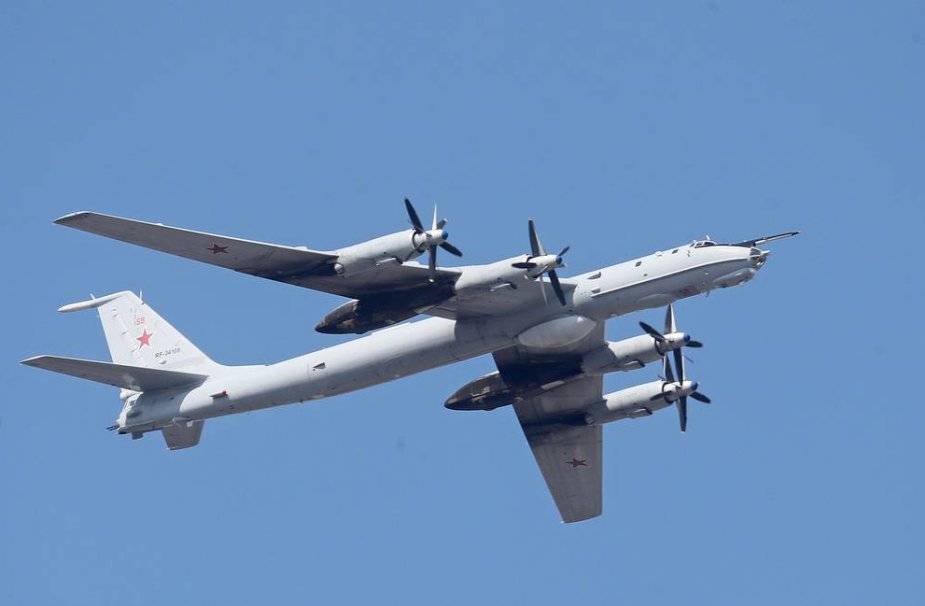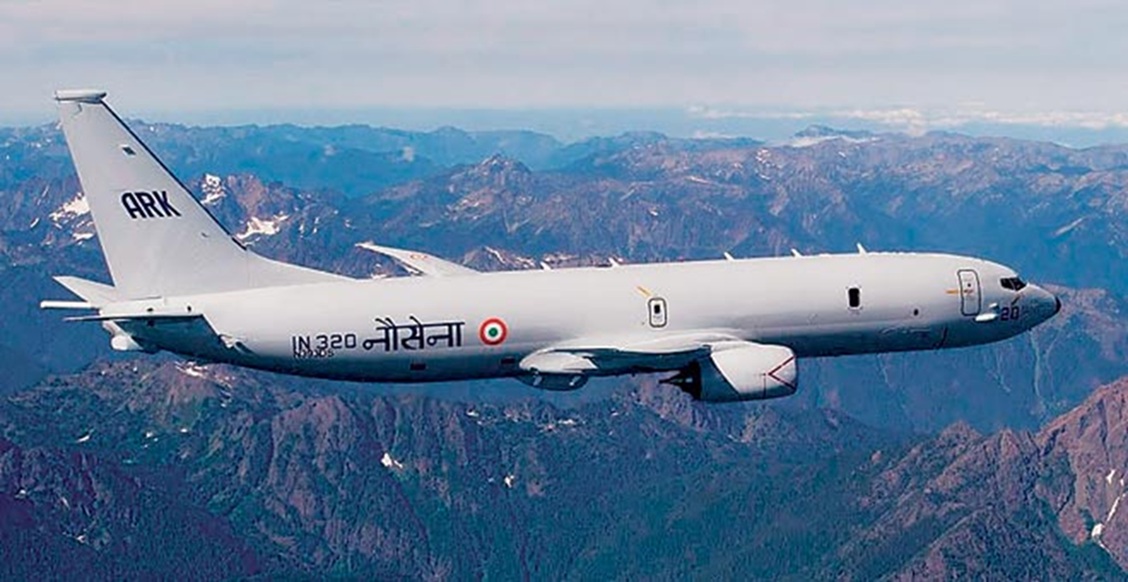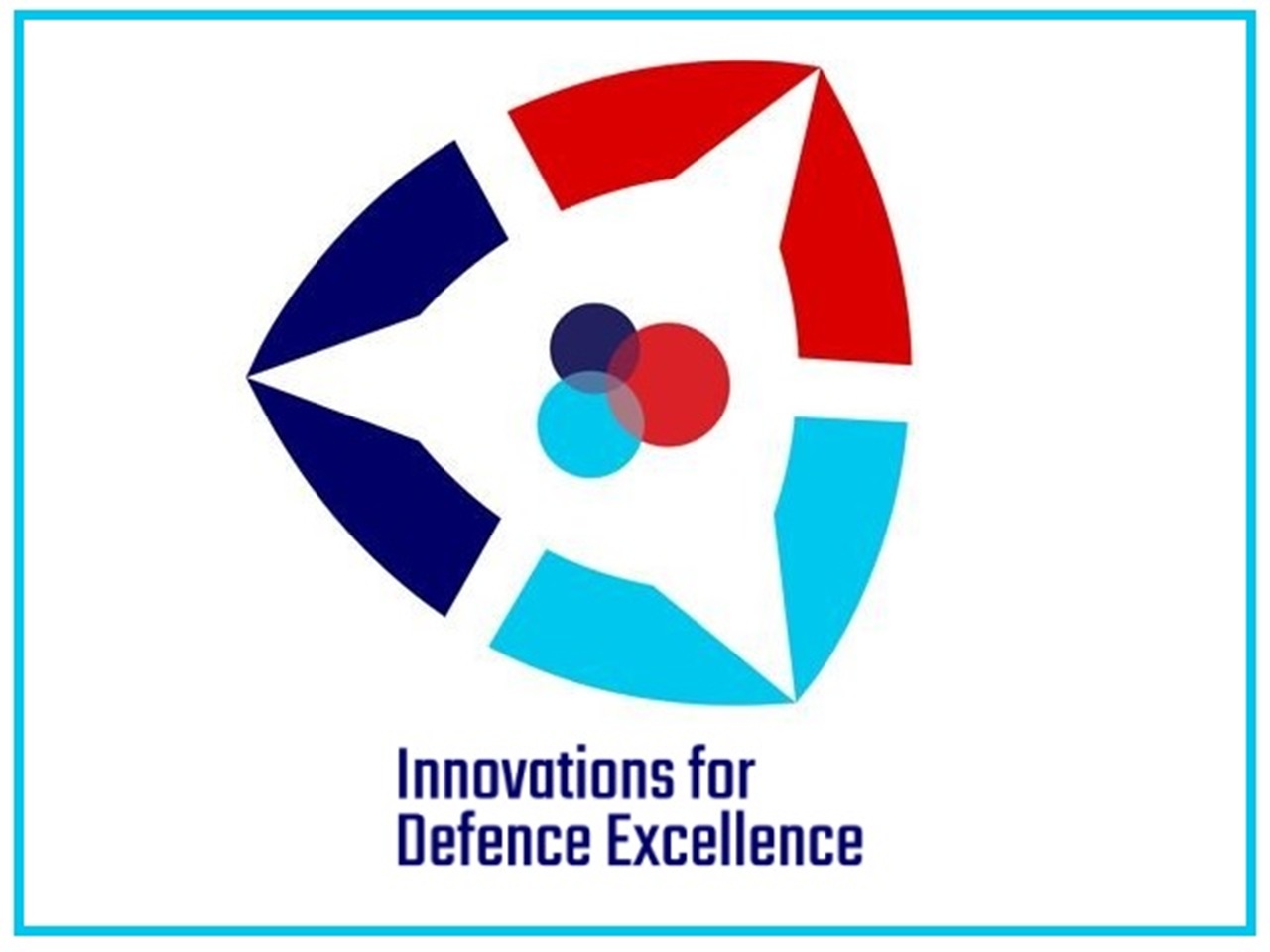The author has made an attempt to explore the feasibility of exploiting a decommissioned high valued military asset sourced from abroad for the benefit of the Indian industry, academia and research organisation towards the development of indigenous airborne systems.
Modernisation is an ongoing activity in the Indian Armed Forces. Search for upgrades starts well before the decommissioning date of the old assets. Military Aviation is always in the process of up-gradation and replacement of old assets. Whenever new assets are commissioned, the old assets are downgraded and disposed of as scrap.
The majority of our weapons and systems are being sourced from abroad. The contractual obligations between an Indian firm and Original Equipment Manufacturers (OEM) will ensure the delivery of the new platform/system on time. But dependency of Indian firms continues on foreign OEM for upgrades, support, service, modifications etc. Indian firms lack expertise in the design and integration of airborne systems as well as shaping test platforms for these systems 1.
The reasons for dependence on foreign countries for the supply of military hardware and spares have been elaborated in the Preamble to Chapter 7 of Defence Procurement Procedure (DPP 2016 amended up to 01 Nov 2019 2). The necessity for self-reliance is underscored in the Draft DPP 2020 Chapter III 3. DPP-2016 and Draft DPP-2020 further explain the aim to create an ecosystem to attain self-sufficiency.
While acknowledging the role of Defence Public Sector Undertakings (DPSUs) and Ordnance Factory Boards (OFB), DPP underscores the lack of participation from Indian private industries and academia in Research and Development (R&D) and manufacturing with regard to defence production and integration of complex systems and sub-systems on military platforms. DPP proposes Indian companies to tie up with foreign vendors for specific platforms aiming Transfer of Technology(ToT). Manufacture of new military hardware through a strategic partnership between the Indian private industry and foreign OEMs is confined only to a specific segment of systems and hardware.
Testing and Validation of Military Aircraft Systems
Military Aviation warrants strict compliance of standards and performance to ensure the safety of the crew as well as operational availability of assets. To ensure high standards, stringent tests are conducted in accordance with the procedures detailed by the Centre for Military Airworthiness & Certification (CEMILAC) and the Regional Center for Military Airworthiness (RCMA). These procedures define the process of certifying an aircraft / integrated system/sensor suite for use in Military Aviation.
Limitations of DPSUs and Indian Private Industries
The participation of private industries and academia is very minimal in the Military Aviation of India. The products being manufactured by DPSUs under the license is always of an older version compared to the products manufactured by OEM. The main reason for the lack of momentum in aviation DPSUs, private industry, academia and R&D centers towards the design and development of state-of-the-art systems and sensors, is the scarcity of testing and validation platforms.
Aircraft and Systems Testing Establishment (ASTE), Bengaluru and Naval Flight Test Centre at Goa are two organisations available to fulfill this Quality Assurance (QA) requirements towards testing and validation. These organisations have small aircraft such as a Dornier / Avro / AN-12 to conduct test flights. But aircraft belonging to operational squadrons are invariably required for testing new systems and sensors. Dedicating a fully serviceable aircraft for flight trials would invariably affect the operational availability of assets in operational air squadrons. OEMs abroad have their own testbeds with a robust ecosystem for R&D, manufacturing, production and support. Converting old aircraft into testbeds is a common practice abroad. 4, 5 & 6.
Proposal
It is proposed to provide the Indian industry with a fully functional airborne testing platform, utilising one or more de-commissioned platforms/aircraft as a testbed. Here we propose to retrieve a recently de-commissioned TU-142M ASW/LRMR aircraft.
Why TU-142M ?
TU 142M aircraft being de-commissioned recently found to be the most suitable candidate for this endeavor. Since the aircraft Total Technical Life (TTL) can be extended further by OEM, it is an ideal platform to convert into an airborne test bed for certification and validation of equipment indigenised by private industry as well as DRDO.
TU 142M has a large volume of vacant space available inside to carry enough equipment simultaneously during flight trials. The airframe is suitable for fitment of receivers/sensors of all types. Above all, TU 142 M aircraft is still operational in the Russian Navy as TU 142M3/TU 95 Bear 7. This ensures the support of OEM for overhaul and revival. DRDO, research institutions, academia and private sector can actively involve in design, development, manufacture, testing and validation of indigenous systems on this platform if it is available to them in fly worthy condition.
The Road Map
- Transfer one or more de-commissioned TU 142 M aircraft and supporting assets, publications to DRDO from the Indian Navy. The assets include complete fly worthy aircraft in the preserved state with an adequate life, spares (including un-installed Engines), ground support equipment, aircraft documents and air publications.
- A board can be set up for the revival of aircraft with experienced aircrew and ground crew under DRDO, being the nodal organisation.
- Board to engage with TU 142 M OEM for knowledge and understanding of the current state of aircraft and systems. This can be achieved by employing retired military personnel who had experience in the operations and maintenance of the aircraft.
- Overhaul and revival of TU aircraft can be done with the support of OEM.
- Obtain Service Qualifying Requirements (SQRs) for new sensor suites from MoD, based on the current and future assessment.
- Establish/use the facilities in DRDO / private industry / academic institutions to set up dedicated R&D centers. Old systems can be given to academia/ private industries for reverse engineering.
- Challenge Universities and Private Industry/DPSU to produce an integrated complex of sensor suites for testing in association with Director-General Aircraft Quality Assurance (DGAQA) / CEMILAC / RCMA.
- OEM should certify the aircraft fly-worthy during the balance service life of aircraft.
The Benefits
- Energise domestic defence industry under ‘Make in India’ initiative. Endeavour will trigger the growth of associated MSME/ private defence manufacturing sector
- Accelerate the research and development of airborne assets among academia and universities. The nation can attain self-sufficiency in manufacturing airborne systems by creating an R&D ecosystem for airborne sensor design development
- Nation will have a dedicated flying testbed for the development of integrated complex airborne systems.
- The nation can also learn to design and develop a Long-Range Strategic Bomber. The TU-142M aircraft has a large cargo bay, which is configured to carry missiles and bombs of different capabilities.
- The integration of BRAHMOS with large aircraft can be attempted on TU. This capability could become a force multiplier for our Nation in the future.
- Export of indigenous airborne equipment.
Conclusion
Estimation of the cost of a revival of TU 142 M aircraft is possible by involving OEM. After an initial survey of the aircraft, OEM can work out the expense for revival and certification of the aircraft with adequate life. The total cost of revival will be a fraction of the cost for acquiring a new asset for the same purpose. The same concept can generalise to many airborne platforms likely to be decommissioned in the near future as well as for sea and land-based weapon platforms.
References (in the order referred)
1. https://www.ndtv.com/india-news/drdo-conference-no-trophy-for-runner-up-ajit-doval-on-developing-military-technology-2116994
2. https://mod.gov.in/dod/sites/default/files/UVDPP201611119.pdf
3. https://mod.gov.in/dod/sites/default/files/DraftChIIIMakeInno.pdf
4. https://avtales.wordpress.com/2014/09/20/flying-testbeds/
5. https://edition.cnn.com/travel/article/rolls-royce-boeing-747-testbed-seattle/index.html
6. https://boeing.mediaroom.com/2019-07-01-Boeing-takes-new-technologies-out-of-the-lab-and-onto-ecoDemonstrator-flying-test-bed
7. https://nationalinterest.org/blog/buzz/russia-upgrading-its-old-propeller-driven-tu-95-bombers-110966
Title Image Courtesy: https://www.navyrecognition.com/index.php
Disclaimer: The views and opinions expressed by the author do not necessarily reflect the views of the Government of India and Defence Research and Studies







